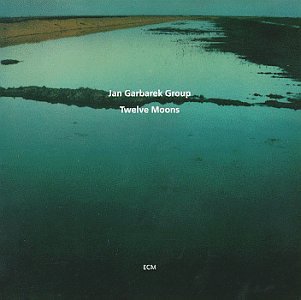
28 is visible from your location check out this interactive map from. To find out if the partial lunar eclipse on Oct. The overall duration of the lunar eclipse will be 4 hours and 25 minutes.Īccording to Time and Date, at least some parts of the partial lunar eclipse should be visible over Europe, Asia, Australia, Africa, North America, North/East South America, Pacific, Atlantic, Indian Ocean, Arctic and Antarctica. The faint penumbral lunar eclipse is visible for an hour or so either side of the partial lunar eclipse. EST (2014 GMT) and the partial eclipse will end at 15:52 p.m. (1935 GMT), the maximum eclipse occurs at 15:14 p.m. The next lunar eclipse of 2023 will be a partial lunar eclipse on October 28.Įxactly when the lunar eclipse will be visible depends on where you are located but Time and Date says the partial eclipse begins at 14:35 p.m.
MOON JANUARY 6 2023 HOW TO
How to photograph the moon using a camera: techniques, kit, and settings If you missed the lunar eclipse you can view the first lunar eclipse of 2023 in our photo roundup story. The overall duration of the eclipse was 4 hours and 18 minutes.Īccording to, at least some parts of the lunar eclipse was visible in South/East Europe, Much of Asia, Australia, Africa, Pacific, Atlantic, Indian Ocean and Antarctica. EST (1722 GMT) and the penumbral eclipse ended at 14:31 p.m. EST (1511 GMT), the maximum eclipse was reached at 12:22 p.m. 5, 2023.Įxactly when the lunar eclipse was visible depends on where you are located but Time and Date says the penumbral eclipse began on May. The first lunar eclipse of 2023 occurred on May. This type of eclipse is not as dramatic as the other two and can be difficult to see. Penumbral lunar eclipse: The faint outer part of Earth's shadow is cast across the lunar surface.How much of a "bite" we see depends on how the sun, Earth and moon align, according to NASA.

Earth's shadow will appear dark on the side of the moon facing Earth. Partial lunar eclipse: During a partial lunar eclipse, only part of the moon enters Earth's shadow, which may look like it is taking a "bite" out of the lunar surface.




 0 kommentar(er)
0 kommentar(er)
